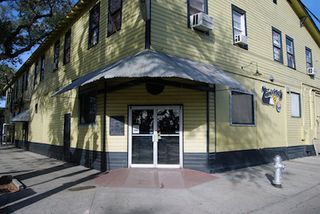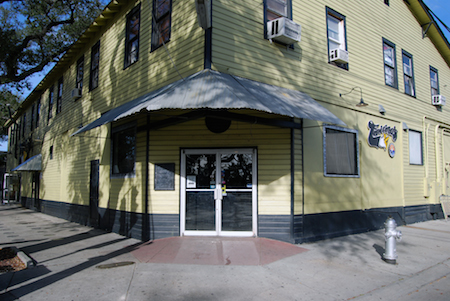New Orleans native Miguel Barrosse discovered Tipitina’s as a teenager—soaking up whatever act the legendary club had going on from a national rock act to a local band.

New Orleans' legendary Tipitina's jazz club is situated within a historic building dating back to 1912. Barrosse, a musician himself, came to the club in official capacity five years ago, and is its recently appointed production manager/head audio engineer. “Our sound system has gone through recent changes,” he explained. “It’s almost brand new, except for our speakers, a Turbosound Floodlight rig which has been here for more than 20 years, which is amazing.”
The club’s system also features new Crown I-tech amps for FOH and Crown XTi amps for our monitors, which are JBL STX 800s. A new Soundcraft VI3000 console serves FOH, with a Yamaha M7 moved from FOH to monitor position.
Tipitina’s, in its present incarnation, has only been around since 1977 but is inexorably associated with the late great Professor Longhair’s 1954 tune, ‘Tipitina.’ Located on the corner of Napoleon and Tchoupitoulas in the Uptown New Orleans neighborhood, the club is in a 1912 building that has served as everything from a boxing gym, produce market, brothel, and venue called the 501 Club, named for its street address. Today, some 800 SRO patrons enjoy live shows from freeform jazz to rock, African drumbeats, and Euro sounds on four to five shows per week, two each night during Mardi Gras and Jazz Fest.
The encyclopedic list of performers who have played/recorded there include the Neville Brothers, Dr. John, Anders Osborne, Troy “Trombone Shorty” Andrews, and Dr. Longhair himself. The club also is celebrated as the birthplace of the Tipitina’s Foundation, a charity focused on protecting and preserving the musical culture of New Orleans and Louisiana.
The success of the Tipitina’s room acoustics really has to do with the shape of the room, nearly rectangular with a balcony surrounding the floor, Barrosse said. “And we have a lot of wood here as well as reflective surfaces so it’s a combo of that and a certain magic. This is an older club, and you can feel the old energy that still reverbs in these walls; when a band walks in they can feel it before they even play a note.”
It’s about all the people who’ve been to the club, he added. “It’s like being in an old church. And the excitement is different every night. I love the music and just the satisfaction of getting gratification at the end of a show when I know we did a good job.”
Karen Mitchell is a freelance writer based in Boulder, Colorado.











